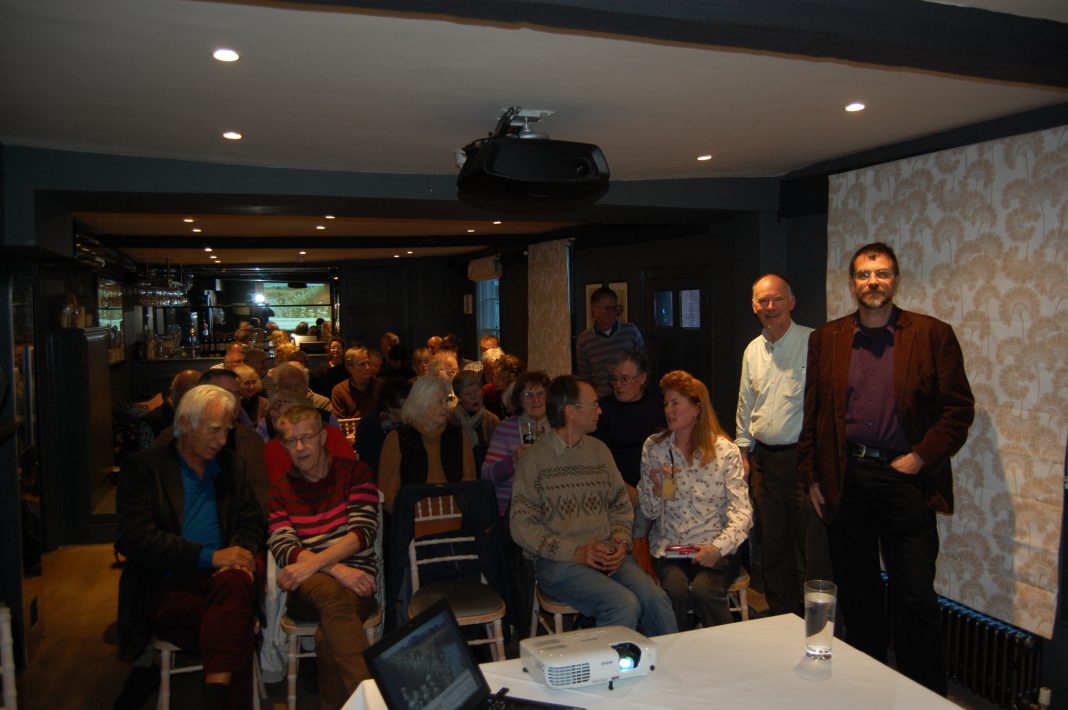Rother has more natural biodiversity than almost any other council district in the whole country. So claimed Dr Barry Yates, manager of the Rye Harbour Nature Reserve, in his talk to members of the Rother Environmental Group in the Benson Room at the George, last Tuesday March 28.
He backed this up with coloured charts showing the distribution of varied habitats in the area afforded by woodland, shingle, shoreline and marshland. Ninety per cent of the district has some form of conservation status, whether it is an AONB (Area of Outstanding Natural Beauty), SSSI (Site of Special Scientific Interest) or other national or international designation.
The relative health of wildlife in Rother must be viewed, though, with knowledge of the data published jointly last year by 50 leading wildlife charities. This showed starkly the rate of decline of many native species, owing to pressures of population, pollution, destruction of habitat and general environmental damage.
The measurement of change and decline is the work of local wildlife recorders, many of them expert volunteers. Almost one million wildlife records are held at the Biodiversity Records Centre. Other historical sources of comparison locally are to be found in volumes such as the “Hastings and Sussex Naturalist”, published yearly since 1896.
Barry Yates gave a fascinating insight into some of the rarer species found in this area. He has given his name to at least one: “You never know what you are going to discover next”, he said “that’s what makes my job and my life in wildlife so exciting”.
He previewed a new study “Strategy for Nature and Wellbeing in Sussex”, to be published shortly by the Sussex Wildlife Trust. This would provide an action list, near the top of which comes greater public engagement, particularly education at all ages in why nature matters.
Ideas for public involvement have included projects such as handing out seed for the rare Marsh Mallow plant to local volunteers to propagate and bring back to the Reserve, where it now flourishes. Working with other organisations was important, he said, such as the Bumblebee Conservation Trust and the Royal Horticultural Society, which emphasises the importance of private gardens in sustaining wildlife. More locally, the Iden and District Natural History Society is doing good work.
Above all is the need to move nature conservation up the political agenda, which means nurturing a more informed electorate. Rye Harbour Nature Reserve will be contributing greatly to this process through the development of the new Rye Harbour Discovery Centre, now planned to replace Lime Kiln Cottage.
Plans for this “single storey on stilts” are entering the pre-planning consultation stage. When opened in 2019, it will become the hub of environmental activity in Rother.
Photo: Kenneth Bird



